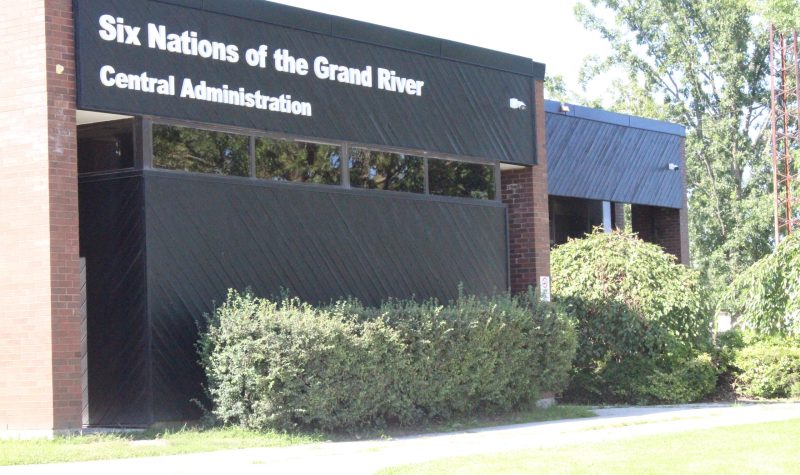Six Nations Elected Council (SNEC) approved the distribution of Indigenous Services Canada (ISC) funding that will go towards Six Nations federal schools maintenance and different community infrastructure projects or community "assets" maintenance. But the council is arguing that the formula used to calculate the amount of funding caps Six Nations population at 55 percent of its actual population.
Six Nations will be provided funding in the amount of $1,272,161 as part of the First Nations Infrastructure Investment Plan that is put together by ISC. A portion of the annual funding is always allocated to the education department to go towards addressing the five federal schools' maintenance and equipment replacement needs that are all run by ISC.
This years' allocation:
- Education - $96,367.00
- Administration - $58,264.83
- Computer Services - $34,000.00
- Public Works - $597,636.17
- Fire - $250,000.00
- Parks and Recreation - $235,893.00
Six Nations Director of Public Works Michael Montour says ISC's funding formula uses nominal roll or the amount of elementary and secondary students who reside in the community and attend the federal schools to calculate the funding amount received. He says when this formula is used the Six Nations community population is capped at 55 per cent of its actual population.
He says that Six Nations is faced with disadvantages in this funding model because of the formula used to calculate the first nations population. He says the funding is designed to help smaller more remote first nations as opposed to one of the size of Six Nations.
"What's the basis on capping us at our population?" he said.
"Because a lot of the first nations that are funded have a lot less of a population and the formula is built around them, really."
Coun. Hazel Johnson says council should meet with ISC to present the concerns that the Six Nations community has with its population being capped to not represent the entire community.
"A meeting or delegation [could be] put together to go and visit them in their own offices to ask them and really stress the inadequacies of their formula as it pertains to Six Nations," she said.
"It only stands to reason and makes sense that a larger community would be given an amount that would suffice for that specific community because of it's size and the number of people living there."
SNEC approved the funding budget allocations during the Oct. 16 General Finance meeting.
For the full CJKS story listen below:


